1921 Peace Dollar: Mint State vs. Satin Proof -- Strike Detail Photo Comparison
 Stuart
Posts: 9,831 ✭✭✭✭✭
Stuart
Posts: 9,831 ✭✭✭✭✭
Please review the following comparison photos between my new 1921 Peace Dollar and a certified Satin Proof, for overall Strike Depth & Detail. 
I'll be interested to see your thoughts, observations and feedback that should make for a lively discussion.
1921 Peace Dollar - (Satin Proof) NGC PR-64
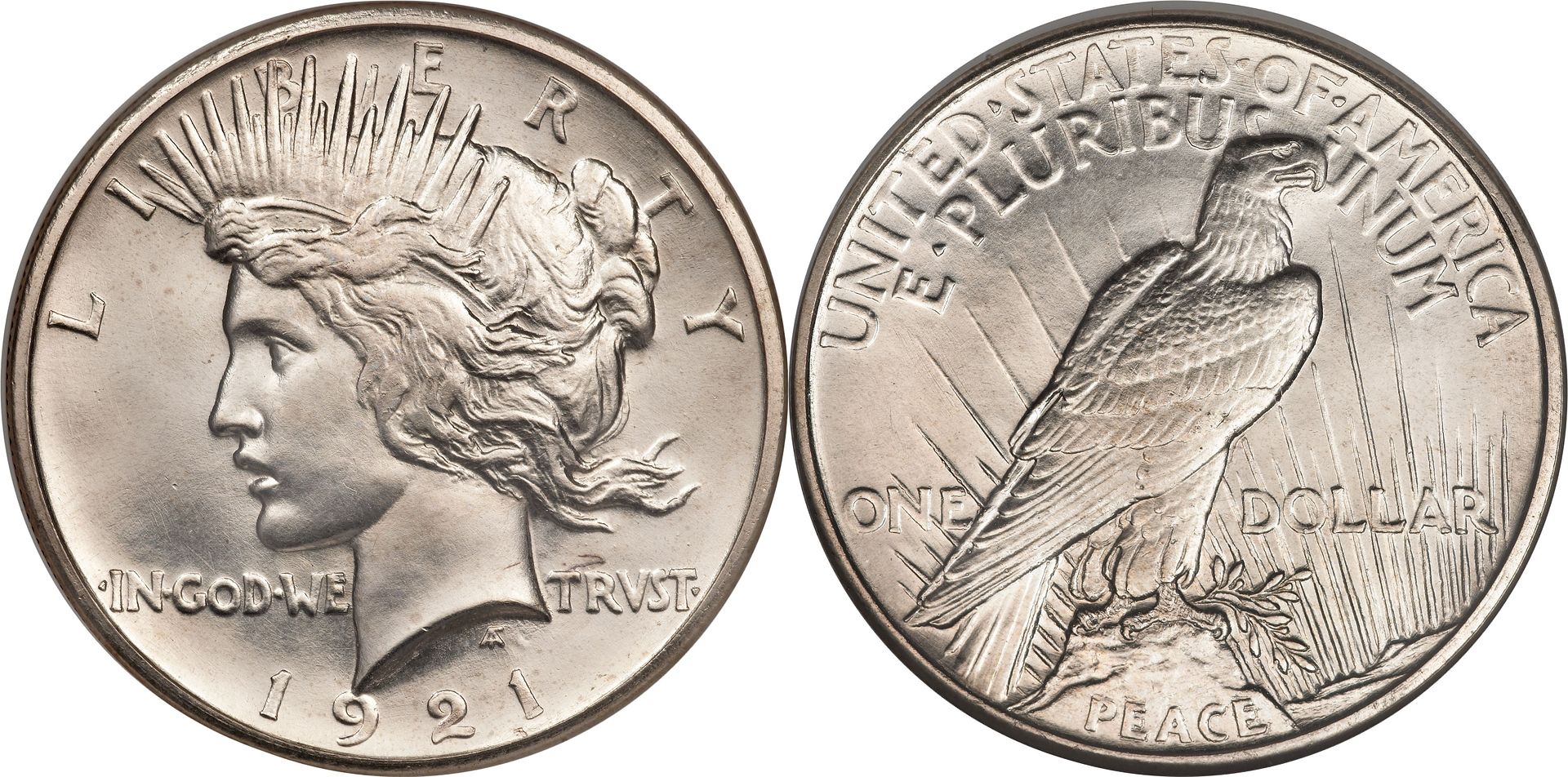
(Photo Credit - Heritage Auctions)
1921 Peace Dollar - NGC MS-64 - Strong Strike & Glossy Luster
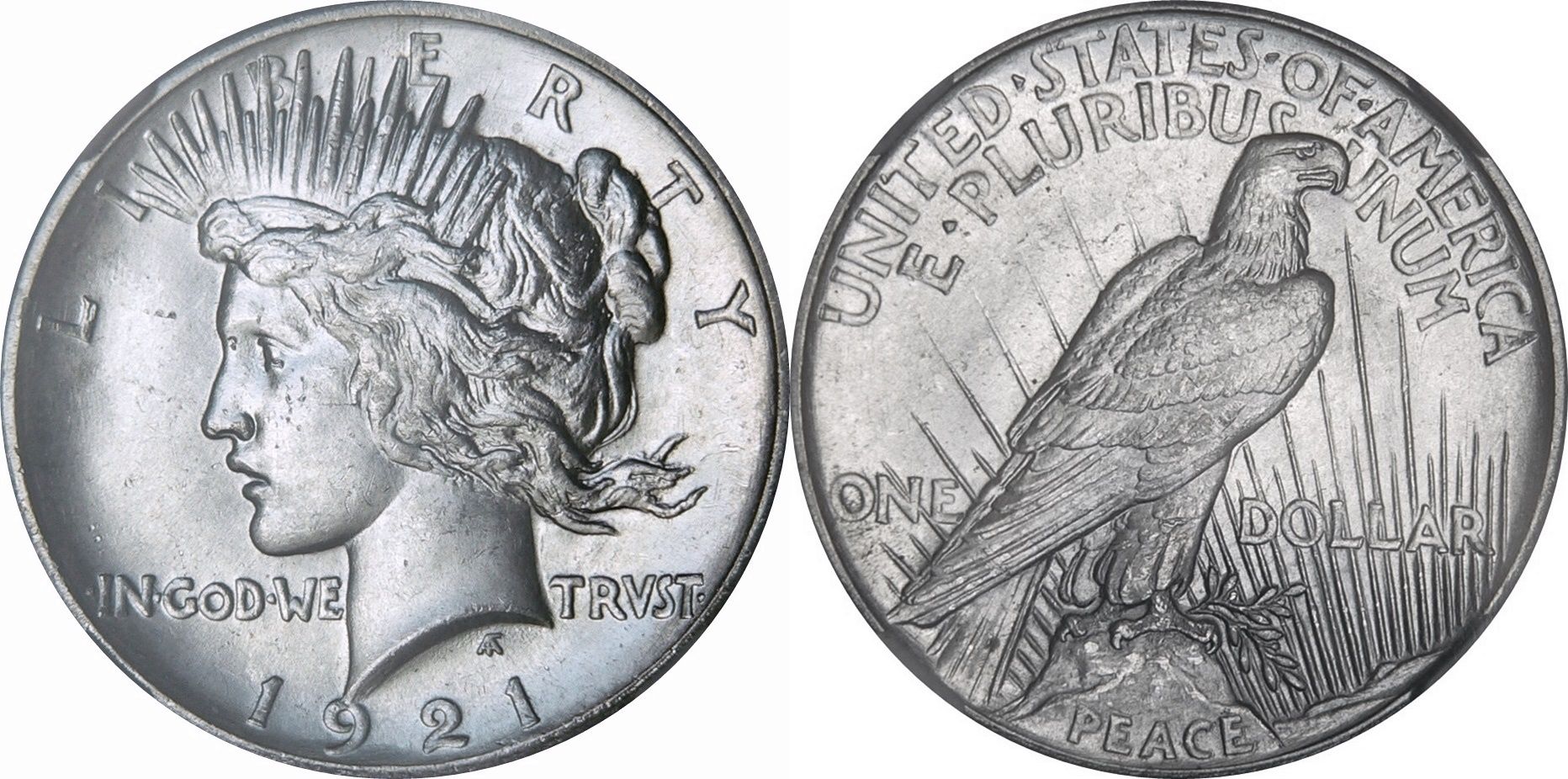
1921 Peace Dollar - (Satin Proof) NGC PR-64
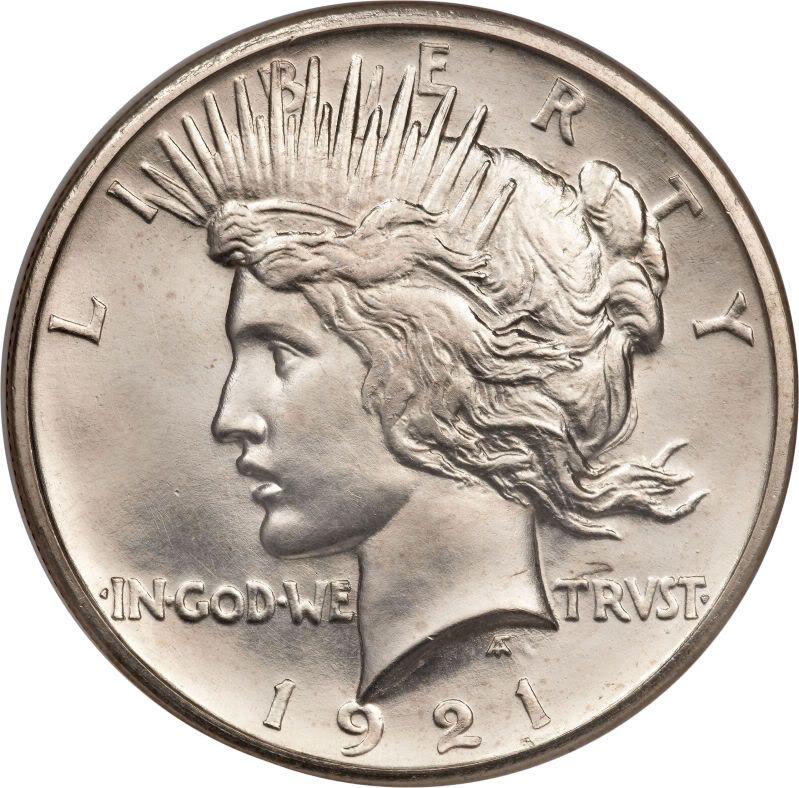
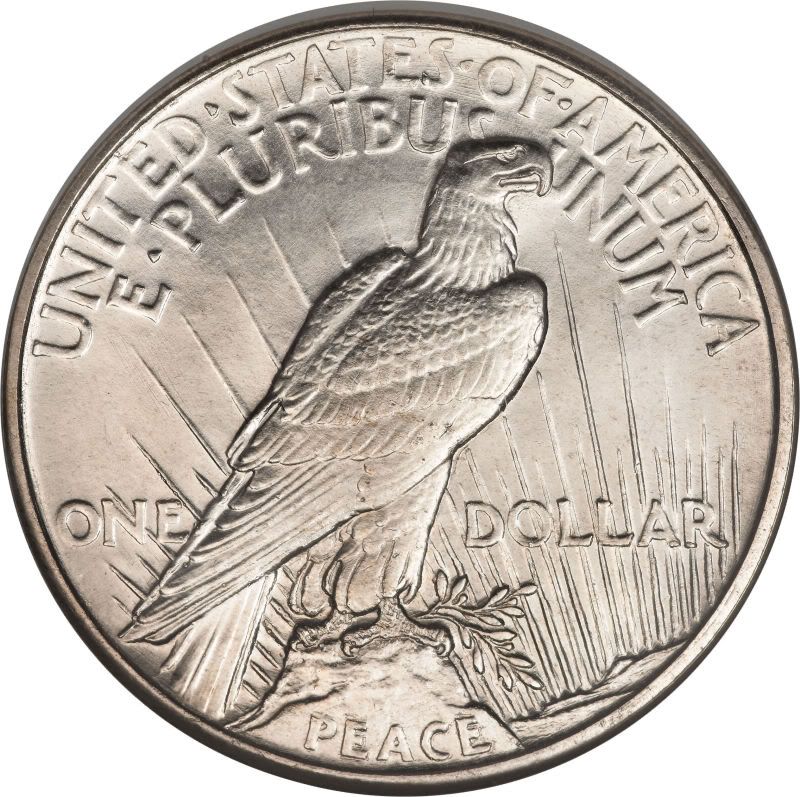
(Photo Credit - Heritage Auctions)
1921 Peace Dollar - NGC MS-64 - Strong Strike & Glossy Luster
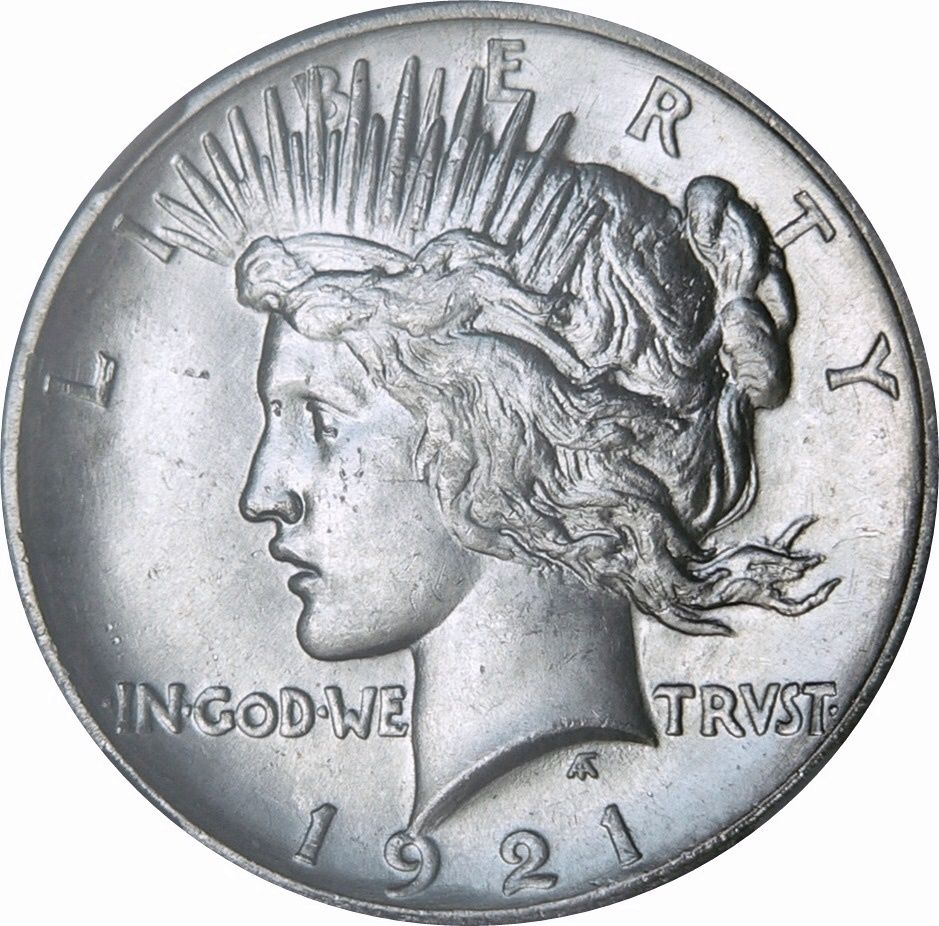
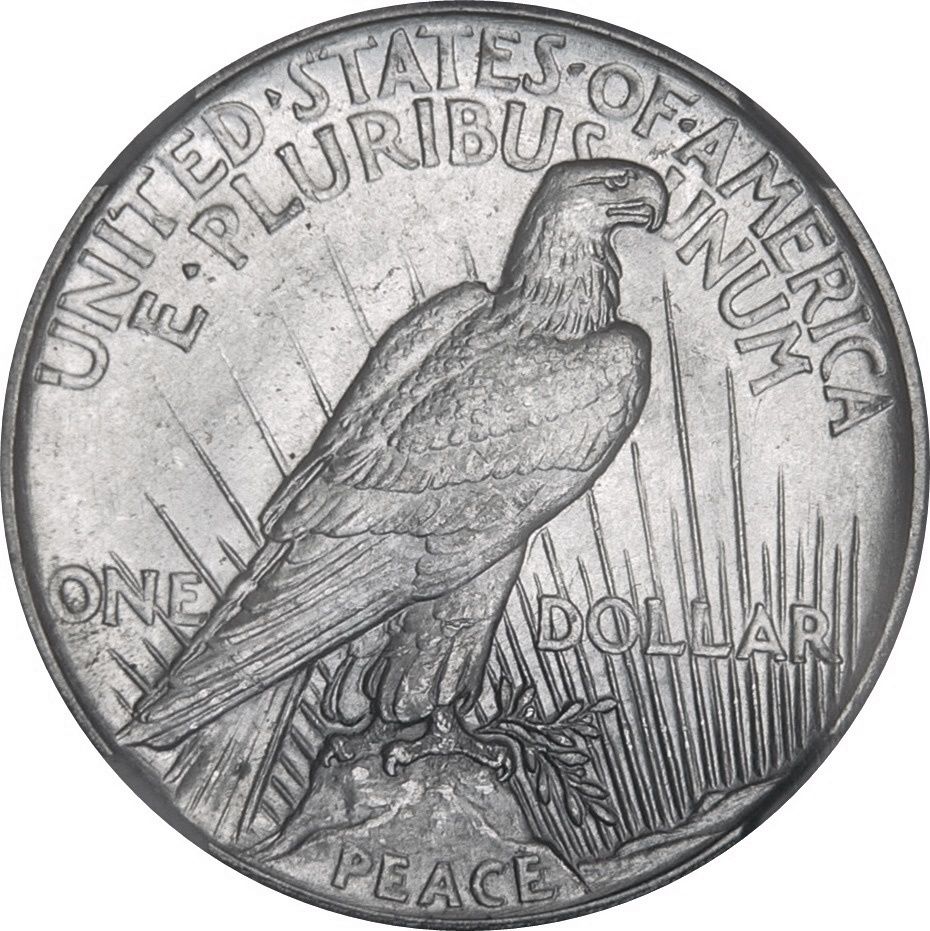
I'll be interested to see your thoughts, observations and feedback that should make for a lively discussion.
1921 Peace Dollar - (Satin Proof) NGC PR-64

(Photo Credit - Heritage Auctions)
1921 Peace Dollar - NGC MS-64 - Strong Strike & Glossy Luster

1921 Peace Dollar - (Satin Proof) NGC PR-64


(Photo Credit - Heritage Auctions)
1921 Peace Dollar - NGC MS-64 - Strong Strike & Glossy Luster


Stuart
Collect 18th & 19th Century US Type Coins, Silver Dollars, $20 Gold Double Eagles and World Crowns & Talers with High Eye Appeal
"Luck is what happens when Preparation meets Opportunity"
0
Comments
i studied and studied these 2 here...yes even studied them more too
it's hard to find any differences with supplied images (noteworthy imaging too i must add)
it would be neat to see yours imaged by pcgs photo staff too
as surely it would even make the hunt for differences even harder
this one you acquired surely must be at least...struck from retired proof dies
pretty darn sweet when an example can be compared in a side by side comparison to a proof
the only areas that stands out being a little different...to me
is found at her bun...there's like 3 profound lines on the proof
where yours (imaging? maybe)...just doesn't have those 3 profound lines
then 3 hair strands up from her bottom ones
yours ends bluntly whereas that proof's same strand just doesn't end as blunt or as short
just my take on this
It's a very intriguing well-struck glossy luster early die state (EDS) 1921 Peace Dollar that I'm currently studying to properly attribute.
My initial VAM diagnostics indicate that it may be struck from a VAM-1I obverse die combined with a VAM-1Z reverse die. -- However, I don't know if anyone has previously documented the existence of this specific die pair combination.
Although IMO the striking detail and luster are similar to a Satin Proof and also the VAM-1H (business strike from Satin Proof dies), this coin does not appear to have the diagnostics of the VAM-1H (of which I own several to compare), or the VAM-1F (business strike from Matte Proof dies).
It's an ongoing numismatic research project that I'm enjoying as part of the fun of collecting and continually learning...
Stuart
Collect 18th & 19th Century US Type Coins, Silver Dollars, $20 Gold Double Eagles and World Crowns & Talers with High Eye Appeal
"Luck is what happens when Preparation meets Opportunity"
Rick: Thanks for your above quoted post. Here is a link to the HA Auction Archival Listing for access to the high resolution images of this reference coin.
Please see the following enlargement of the satin proof coin from the HA auction archives, to help you better discern the "E" in "We" that you asked about in your post.
1921 Peace Dollar - NGC PR-64 (Satin Proof) - Enlargement Photo
Stuart
Collect 18th & 19th Century US Type Coins, Silver Dollars, $20 Gold Double Eagles and World Crowns & Talers with High Eye Appeal
"Luck is what happens when Preparation meets Opportunity"
The comparison goes to show they had a hard time with production even for proofs. The biggest difference I see is in the striking of the rays on the reverse and the letters of the obverse are stronger on the proof. I would guess there is an overall look does not translate through the images presented.
Rick: In reply to your above quoted post, there are quite a lot of die polish striations in and around the specific area that you mentioned on the Satin Proof example, as illustrated by the enlargement photo that I posted. Note the circular swirl above the "W" in We, and the horizontal pattern to the right of the "E" extending towards Miss Liberty's neck.
It is my belief that those die polish striations are the result of the mint trying to obscure some type of damage or defect that occurred on the die to improve the appearance of the resulting Satin Proof minted coin.
I'm sure that Roger Burdette (RWB) could provide some additional insight on this subject.
Stuart
Collect 18th & 19th Century US Type Coins, Silver Dollars, $20 Gold Double Eagles and World Crowns & Talers with High Eye Appeal
"Luck is what happens when Preparation meets Opportunity"
master hub maybe ?
Take the 3CS, for example, and how many PR coins are in MS holders (of low mintage years) because many low mintage years MS coins were PL in nature.
So anything is possible, and in-hand examination or 99.99% in-hand like images are required, to make a better distinction.
My knee/jerk immediate reaction...
Yours is not SP...yours looks like a nice circ strike, the overall appearance of the coin looks like it came from a bag (albeit from less than ideal type/variant of photos). The overall appearance of the SP coins does not look like it came from a bag.
Again, better images or in-hand examination is required...
PS. Nice coin!
The mint state coin image in this July 2015 forum thread, is the one that I was trying to post (unsuccessfully) for viewing reference in the recent "Well Struck High Relief" 1921 Peace Dollar thread...
Stuart
Collect 18th & 19th Century US Type Coins, Silver Dollars, $20 Gold Double Eagles and World Crowns & Talers with High Eye Appeal
"Luck is what happens when Preparation meets Opportunity"
I would love to examine this coin in person! Looks fantastic. @RogerB has a plethora of knowledge about Peace Dollars.
Late to the show but I think the hair detail looks different strand for strand... otherwise she is a beautiful coin.
A "satin proof" whether Peace dollar or Saint-Gaudens/Pratt gold coin, was made very simply. A new die pair was inserted into the medal press and the coin struck on a clean bright planchet. The coin had surfaces similar to new dies - free of luster, with a metallic sheen resembling freshly pressed sheet metal. Nothing more was done to the coin or dies.
A sandblast proof is a satin proof that has been carefully (most of the time) sandblasted in the Medal Department of the Philadelphia Mint. The appearance of every sandblast proof will differ from others because sandblasting was a manual process. The grit used, including material, mixture and whether it was being reused, affected final results. Within the same year and denomination there can be considerable variation from production batch to batch.
PS: Note the date on the satin proof detail, above. The digits are not full and rounded. Members can compare the linked image with those posted here. Have fun with figuring this one out.
Very interesting. The Mint had nothing but trouble striking up those coins. The ray to the right of "B" in LIBERTY on the Proof is also not struck up.
Pete
Roger-
I, too, noticed the slight flatness in those date digits, especially on the last "1" next to the rim. The dots before, between, and after the obverse motto seem to be a little better brought up, to the extent of having a different shape on the proof.
According to graders and executives at both grading services, 21 Satins and 07 HR are no longer designated proof because of the anomalous nature of the exact issues we are discussing. I call this the "too tall to call" syndrome. Both services limit their risk by classifying at the lower value designation and grade. Think MS 56 FE or 1886 5c or.....
And I'm not saying they are wrong to do so.
Last month I sent a friend's 1833 H1c to both services, neither of which would call it proof. It's a proof, but from a second die state (check the Breen book) and they made the determination based on that issue because there will be blowback from some very knowledgeable people.
I like the overall detail of the MS coin better than the Satin, but as these dies, as mentioned, were used for later production runs, my definitive call on this is "WTF?"
Interesting.... almost two years since this thread was initiated, and still no conclusion(s)....I am sure there have been some 'in hand' evaluations at the originator's facility as well....looks like one of those forensic mysteries that will continue until some new diagnostic method is devised. Cheers, RickO
To expand on ColonelJessup's remarks --
To authenticate a satin proof, one must be very strict about detail. Confusion arises because early strikes off a new die have surfaces nearly identical to a satin proof. If the coin is well preserved, it appears that years ago it was assumed that this defined a satin proof. A real satin proof Peace dollar is defined by surface, detail, rim and edge - all of which must conform to use of a medal press, and not a toggle press. The evaluation cannot be accomplished in 5-minutes or necessarily by in-house staff.
As for MCMVII $20. No proofs of any kind were made. All the coins were made the same way with the same medal presses. However, what NGC possibly identified were coins made from the first batch of 500. Their research links one set of face dies with the 3-part edge die to the same edge die set used on some of the Extremely High Relief patterns. Historically, that is a far more important insight than some imaginary "proof."
I owned the Satin Finish proof pictured that was graded PR64. I think you can see from the pictures posted that the coin should have even back then graded PR66. That coin was purchased raw from Brian Hendleson in 1984 raw for $25,000. I purchased it because there was no question this coin was not a business strike and had to be one of the Satin Finish proofs. My client who owned it had it graded then sold it in the marketplace when I was out of coins. After looking at the Jack Lee specimen graded PR66, I am completely skeptical that it is even a proof and that is due to the depth of the strike and details.
The coin is rare, very rare and should not be confused with the early strikes made for circulation from what is now known to be the same dies. It is was always a fantasy coin of mine to own and was proud to have done so.
the rim looks sharper to me on the proof.
I’m pleased that @SJL442, a previous owner of the 1921 Peace $ NGC-64 Satin Proof subject coin Cert #215782-008, has posted a comment on this thread.
I own the Mint State comparison subject coin that has what I’d describe as Glossy surface luster, somewhere between Satiny and Semi-Prooflike, which is uncommon for 1921 Peace Dollars.
I was wondering if either the previous owner or @RogerB (Roger Burdette) could help attribute the unusual appearing small pinpoint Dot or “Bubble” looking marks on the Reverse magnified images of this 1921 Peace Satin Proof Dollar Listed in the Heritage Archives (Ref 7 Images below).
The coin sold for $40K as Lot 2657 in April/May 2009. - Here’s the HA Auction web link: https://coins.ha.com/c/auction-home.zx?saleNo=1124&ic=breadcrumb-coins-121913-interior
Could those marks be Reference Marks used during design of the coin on the Master Hub or Die, since they seem to line up with the design features (Rays, Talons & Tail Feathers) on the reverse?
My only other thought is that they could perhaps be some type of Planchet or Die surface preparation remnant marks, but their orientation with strong correlation along design features doesn’t seem random enough for that.
Thanks in advance for sharing your thoughts to help explain this interesting phenomenon, which should lead to an interesting discussion.
Stuart
Collect 18th & 19th Century US Type Coins, Silver Dollars, $20 Gold Double Eagles and World Crowns & Talers with High Eye Appeal
"Luck is what happens when Preparation meets Opportunity"
I think the obvious difference is the strike of the feathers on the wing. They appear to be much better struck in the proof
All comments reflect the opinion of the author, even when irrefutably accurate.
I believe those are imperfections in the NGC slab plastic that the picture was taken through.
Collector, occasional seller
This sounds far fetched. But I know from experience it could be so.
The photographer, frustrated with impossible to remove scratches on an old NGC slab (very common), used a little oil on the slab to keep the scuffs from spoiling the pictures.
We wipe most all of it off. And it is not usually noticed. But some always remains. Under magnification the residual oil can appear as tiny droplets.
Been there.
Lance.